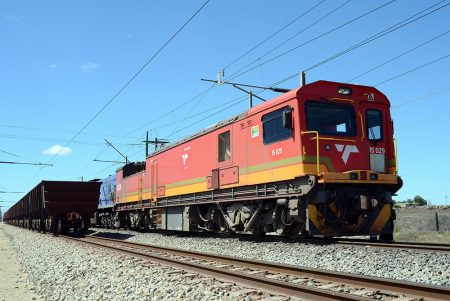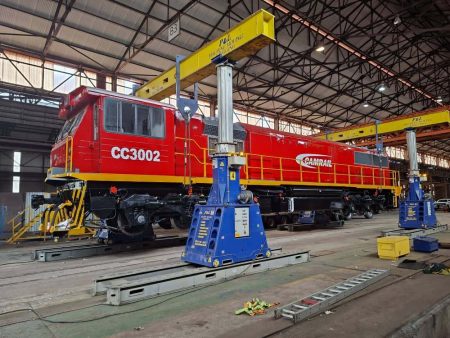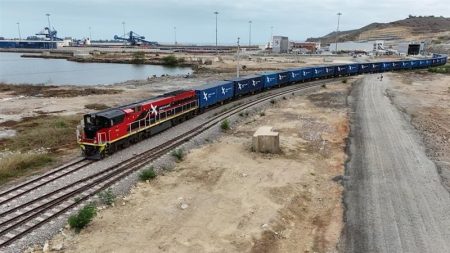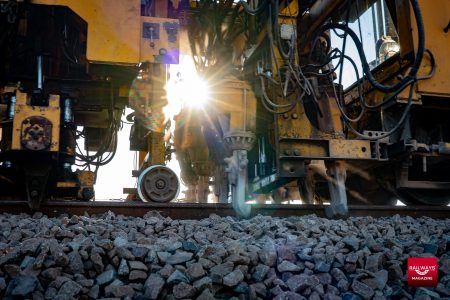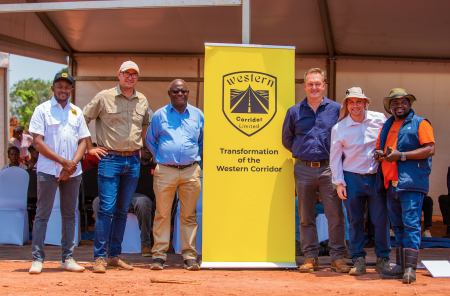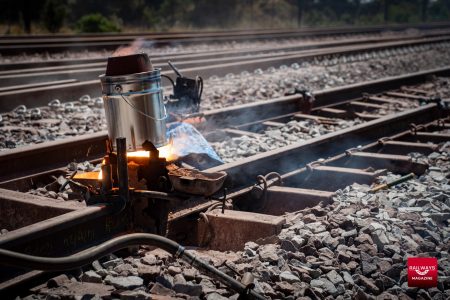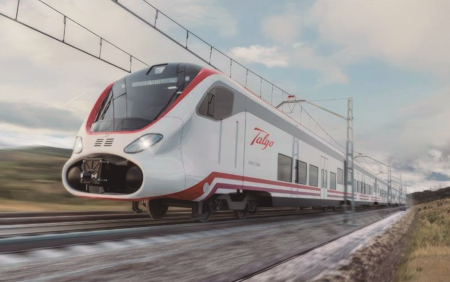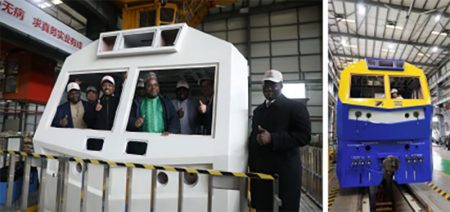This content is for Premium Subscribers only. To view this content, login below or subscribe as a Premium Subscriber.
Related News Articles
Key Rail and Port Agreement Ratified in Liberia
19 December 2025
West Africa, Liberia
3 min
Transnet Sustains Improved Performance to Set the Path for Growth
18 December 2025
SADC, South Africa
2 min
CAMRAIL Strengthens Its Traction Fleet with Four New GL30 Locomotives
18 December 2025
Central Africa, Cameroon
1 min
Lobito Atlantic Railway Secures USD753 Million to Accelerate Development in Angola
18 December 2025
SADC, Zambia
1 min
South Africa’s Largest Private Rail Investment Begins with Forty-Six Locomotives
12 December 2025
SADC, South Africa
1 min
Zambia’s Mutanda–Kaoma Road Project Set to Transform Mining and Agricultural Trade
12 December 2025
SADC, Zambia
2 min
Zimbabwe Advancing Plans to Rehabilitate Ageing Railway System through PPPs
12 December 2025
SADC, Zimbabwe
1 min
GMV Equips New Talgo Sleeper Trains for Egypt
12 December 2025
North Africa, Egypt
2 min
7 min
Dangote Cement Zambia Sees Opportunity in NRZ Clinker Transport
12 December 2025
SADC, Zimbabwe
1 min
Rail Sector Positioned for Major Role as Botswana Pursues Transport-Led Growth
12 December 2025
SADC, Botswana
2 min
Liberia’s Ministry of Transport Unveils Five-Year Strategic Plan
11 December 2025
West Africa, Liberia
1 min
Canyon Resources Limited Minim Martap Development Update
11 December 2025
Central Africa, Cameroon
2 min


